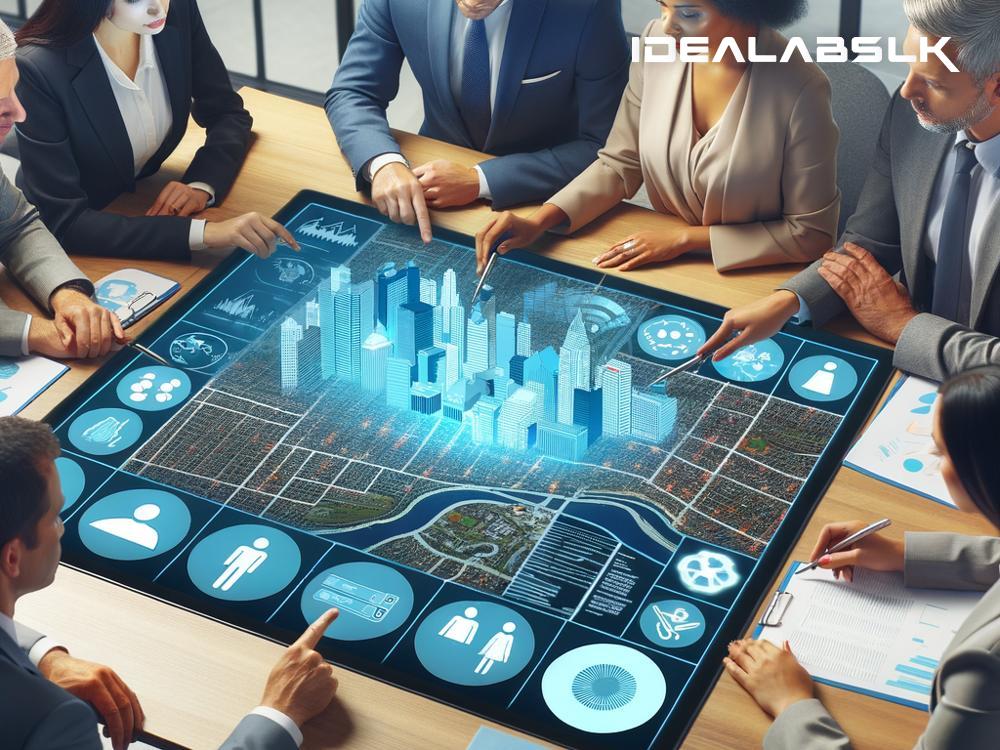How Predictive Analytics Works in Municipal Services
In the bustling world of our cities and towns, there's a silent revolution happening right under our noses. It's not the latest tech gadget or a viral video. It's something much more impactful and long-lasting – the implementation of predictive analytics in municipal services. But what does this mean? And how does it make our cities smarter and our lives easier? Let's demystify this.
First up, predictive analytics is like having a crystal ball, but grounded in data, not magic. Municipalities gather tons of data from various sources - think traffic patterns, water usage, crime reports, and much more. Predictive analytics takes this massive pile of data and, using advanced algorithms and machine learning, churns out predictions about future events. It's a bit like weather forecasting but for city management.
Traffic and Transportation
One of the most visible areas where predictive analytics is making a difference is in traffic and transportation. Ever noticed how some traffic lights seem to have a sixth sense, changing just when needed? Or how about the apps that tell you the best route to take at any given time of the day? That's predictive analytics in action.
By analyzing patterns in traffic flow, cities can optimize signal timings and reduce congestion. This not only saves you time but also reduces pollution caused by idling cars. Moreover, predictive analytics can foresee public transport demands, ensuring buses and trains are available when and where they're needed most.
Public Safety
When it comes to keeping us safe, predictive analytics offers a helping hand too. By sifting through crime data, algorithms can identify hotspots and trends, allowing police departments to allocate resources more effectively. This doesn't mean turning our cities into surveillance states, but rather, using data to prevent crime and improve response times, making our communities safer.
Utilities and Energy
Ever wonder how cities manage their water supply or ensure the lights stay on? Once again, predictive analytics plays a crucial role. For instance, analyzing water usage patterns can help detect leaks or foresee increased demand during hot months, ensuring a steady supply. Similarly, by predicting energy consumption peaks, municipalities can better manage electricity load, preventing outages and encouraging energy savings.
Waste Management
Predictive analytics also helps take out the trash – quite literally. By analyzing waste collection data, municipalities can optimize routes and pick-up schedules, ensuring efficient service while saving on fuel and labor costs. This not only makes waste collection more effective but also lessens its environmental impact.
How It Works
Now, let's briefly look at the how. The process starts with data collection - sensors, cameras, and user reports feed information into central systems. This data is then cleaned and analyzed, revealing patterns, correlations, and trends. Predictive models are built and refined over time, becoming more accurate as more data is collected. The final step is action – using these predictions to make informed decisions and implement policies.
The Challenges and The Future
Of course, implementing predictive analytics in municipal services isn't without its challenges. It requires significant investment in technology and training, and there are concerns about privacy and data security that must be addressed. Additionally, predictive models are only as good as the data they're based on, meaning inaccuracies and biases can lead to flawed predictions.
Yet, despite these challenges, the future looks bright. As technology continues to advance and more data becomes available, predictive analytics will become even more integral to municipal services. This not only promises more efficient city management but also a better quality of life for residents.
In the grand scheme of things, predictive analytics represents a shift towards proactive, rather than reactive, municipal management. It's about anticipating needs and solving problems before they escalate. From smoother commutes and safer streets to sustainable resource use, the possibilities are vast.
So, the next time you witness a city service that seems perfectly attuned to your needs, know that there might just be a bit of predictive analytics magic working behind the scenes. In the era of smart cities, data isn't just numbers - it's the key to a brighter urban future.

